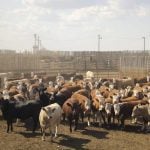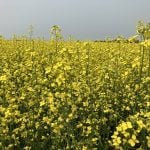In the third week of May last year, I received a call from Mark, who farms 6,000 acres in the Forestburg, Alta., area. Mark was concerned about his pea crop after he discovered some areas in one of the two fields he seeded had no plants coming up. In addition to peas, Mark also grows […] Read more












